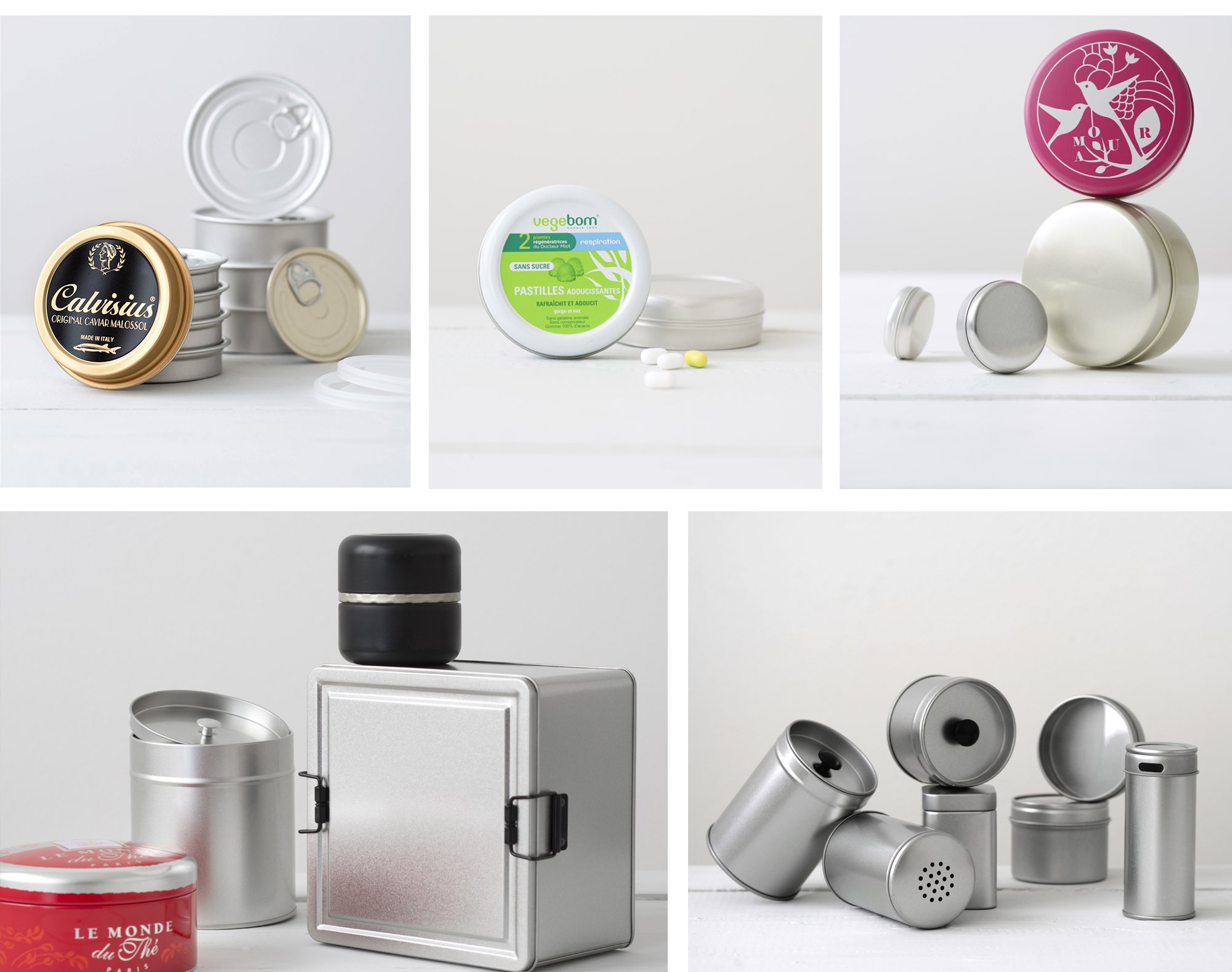Humans began packaging products over 3,500 years ago in Egypt. This early on their sole purpose was for transporting food and beverages. They were made of natural products, like leaves, animal skins, or coconut husks. With time this developed and the Egyptians started using glass containers in 1500 BC. It wasn’t until Napoleon in the early 1800’s when tin cans were finally developed. From then packaging development began to speed up with the invention of paper bags in 1850, cartons in the 1870’s, cardboard containers in 1906, cans in 1935, and plastic containers in the late 1940’s. In the early days containers were mostly unbranded, designed solely for functionality, and lacked aesthetic appeal.
Containers were largely reusable glass and wood, which couldn’t be reliably printed on or labeled. This all changed in 1896 when NABISCO created one of the first nationally-marketed advertisement campaigns with a companion packaging design. It featured a a little boy in a yellow raincoat, which remained iconic with the NABISCO brand until its discontinuation in 2008 [1,2]. After that products like Coca-Cola and Procter & Gamble burst into the field with well designed packaging of their own. Since then unique and new packaging designs have flourished as new technologies have developed to allow easier printing, production, and materials to be used [3]. Packaging design has become essential to selling products and consumers now associate products with their logos, colors, and containers.
Packaging design boils down to two key areas, visual elements and informational elements. Visual elements includes things like graphics, color, size, and shape. These are typically the first things consumers see about a package and can often grab a consumer’s attention. Informational elements are made up of any labels or text used to communicate product information. This is often seen on food packaging with things ingredient lists or how a product meets dietary restrictions. Generally, this provides information to a consumer to help them make an informed decision on the product. A well designed package utilizes attracted visual elements that are backed up with informative information elements [4].

Studies have found that packaging design influences consumers more than advertising [4]. This is because it provides companies an opportunity to form a brand around their product that will create long term consumers. When customers are happy with a product they typically remain loyal to that product until they find a better alternative. By creating a brand around the product consumers are reminded about what is offered and new marketing campaigns can be introduced to keep long term consumers interested in the product [5,8]. One example of this is Starbucks. They have created a brand around their coffee and regularly introduce new varieties, like chai lattes and caramel macchiatos. Long time consumers of Starbucks are more likely to buy new varieties and remain interested in the product. Packaging design also acts as a way to attract new consumers to their product. A recent study found that 73% of the time people decide on which product they will buy directly at the store [4]. Having a grabbing packaging design helps increase the likelihood that people will pick up that product.
The market for packaging is ever changing and today’s market focuses on a few key components. Responsible, sustainable packaging has started to take center stage. This is packaging design that emphasizes reusable packaging materials that are produced in environmentally sustainable ways. Packages using tin and aluminium containers are becoming more and more popular. Another successful factor in today’s market is uniquely shaped packaging. These designs provide consumers a refreshing new appeal on stale products. Many of these packaging shapes have only become feasible in the last 20 years with the invention of software that allows for anamorphic labels to be easily created and applied to curved surfaces [7]. A great example of this are Buzz Ball drinks, which are alcoholic drinks sold in round plastic containers that have lids similar to cans. As technology improves, so does consumer desire for it to be connected to packaging. Many types of packaging have started to introduce mobile apps that work along with their product. Timberland now has a “virtual fitting room” where people can see what they will look like wearing different Timberland products. Lastly, convenience is continually gaining importance. Consumers want things that are easy to use and have direct instructions. This can be seen with foods sold in stand up pouches, with 61% of consumers preferring snacks that are sold in pouches compared to normal bags [2,6].
Package design is a crucial marketing tool for all companies. It extends beyond just getting new customers for a product, but also builds a brand to maintain past users. It is relevant in nearly all industries and should be fully planned before a product is released into the market.

References
[1] “A Brief History of Packaging” (2017), by Kenneth R. Berger.
[2] "History-of-packaging" (retrieved April 2019), by Digimarc Corporation.
[3] "The Evolution Of Packaging Design" (retrieved April 2019), by Designhill.
[4] "The Importance of Packaging Attributes: a Conjoint Analysis Approach." (retrieved April 2019), by Silayoi, Pinya, and Mark Speece.
[5] "The influence of package design on consumer purchase intent"(2018), by Angela Fraser.
[6] "Why Packaging Design Is Just As Important As Your Product" (2018), by Tina Lombardo
[7] "Top five trends packaging design" (retrieved April 2019), by Accurate Creative 2019
[8] “Impact of Product Packaging on Consumer's Buying Behavior” (2014), by Ahmed, Rizwan, and Vishnu Parmar.





